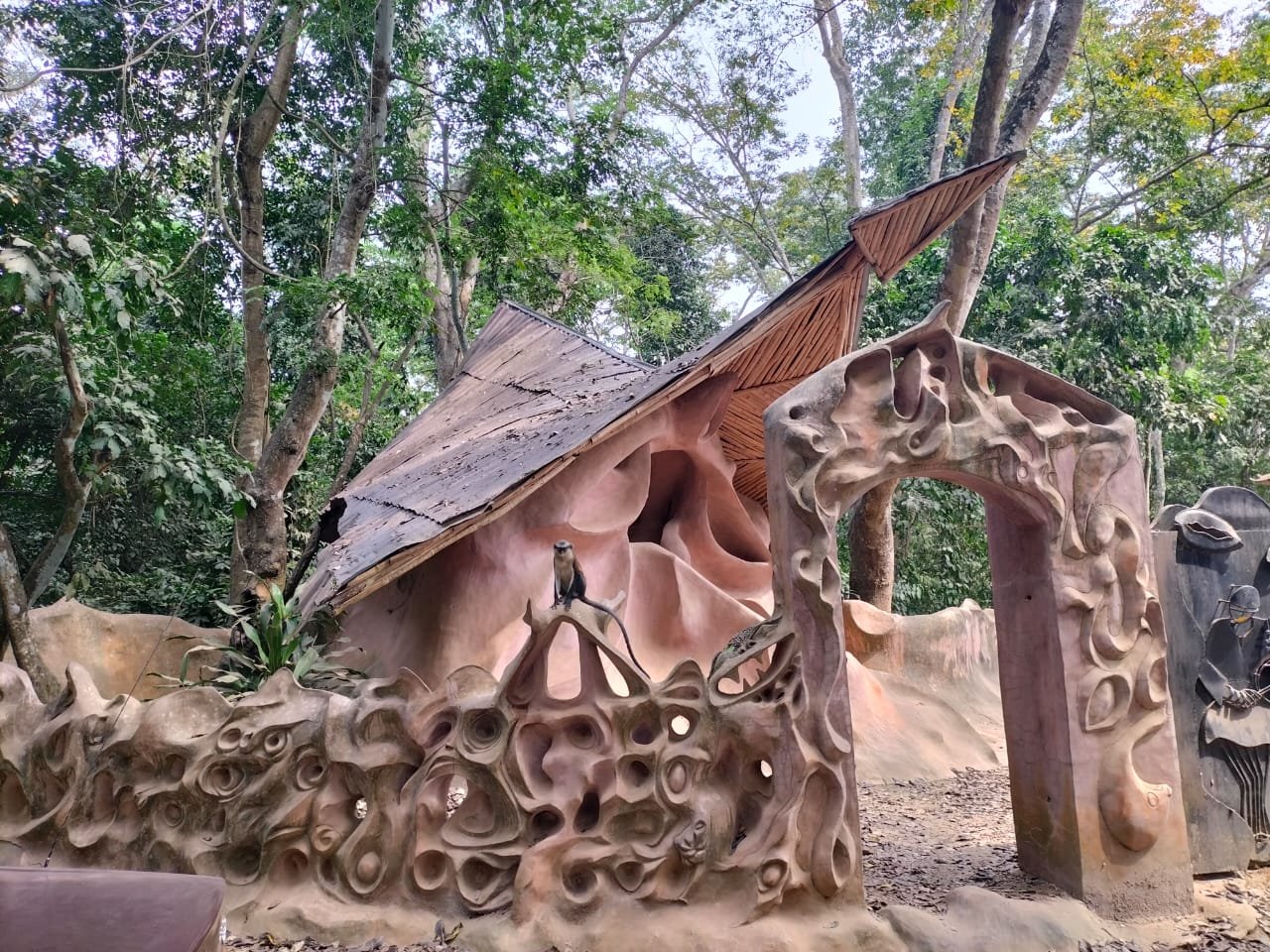9. Osun-Osogbo Sacred Grove
The Osun-Osogbo Sacred Grove is a large cultural landscape of undisturbed forest near the city of Osogbo in southwestern Nigeria. Dedicated to Osun, the Yoruba goddess of fertility, the area was established more than four centuries ago and is the largest of the sacred groves that have survived to the present.
The historical antecedent of “Oshogbo” tells the story of a hunter who saved his people from famine and slavery, turned to the river Osun goddess for help, would later establish a community along the bank of the river and which would develop into a full town.
